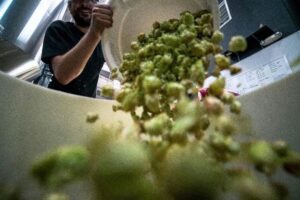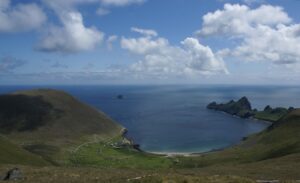Nature restoration must guide UK woodland creation, not easy land acquisition
With the next five years set to be pivotal in efforts to begin reestablishing tree cover across Britain, a leading research team has warned readily available land may not be the wisest investment.

In an article published to by Policy@Manchester, Dr Matthew Dennis has presented an ongoing debate between conservationists and policy makers as to how best we can approach forestry restoration in the UK.
A Senior Lecturer in Geographical Information Science at the University of Manchester, his paper states that historical trends have called for ‘a bigger, better, more joined-up approach’ to protecting wildlife. Generally, this means taking over a small number of locations, but each covers a relatively large area. Now some are arguing for a very different approach, with numerous fragmented patches of land used to promote biodiversity.
However, according to Dennis, adopting either approach risks severely limiting which options are available to planners and landscape managers, particularly before data has been gathered on which concept has worked most effectively in the past. ‘Knowledge of whether large, connected patches of woodland or a more fragmented pattern delivers greater chances of nature recovery is key to the effective assigning of resources,’ he explained.
Research carried out by the University of Manchester’s CASTOR project also suggests that the nature and intensity of surrounding land-use has the biggest impact on the ability for woodland to support species richness. This is true regardless of whether the area being protected is large or small.
‘Specifically, we looked at woodland mammals as this group is particularly sensitive to habitat loss and fragmentation. When we looked at these species, we found that in areas of the Northern Forest landscape that are dominated by grassland, or whenever cover by urban or arable land-use was low, the bigger, better, more-joined up approach did not perform as well as expected,’ said Dennis. ‘Another key finding of our study was the strongly homogenising effect of arable land-use. We found that, as cover by arable land-use increased, overall land-cover diversity reduced, along with mammalian species richness.’
You can read the full paper here.
More on climate change and net zero:
New training partnership will support next generation of forest stewards
London commuters find HypnoCat promoting electronic recycling at Waterloo
Image: The University of Manchester
















